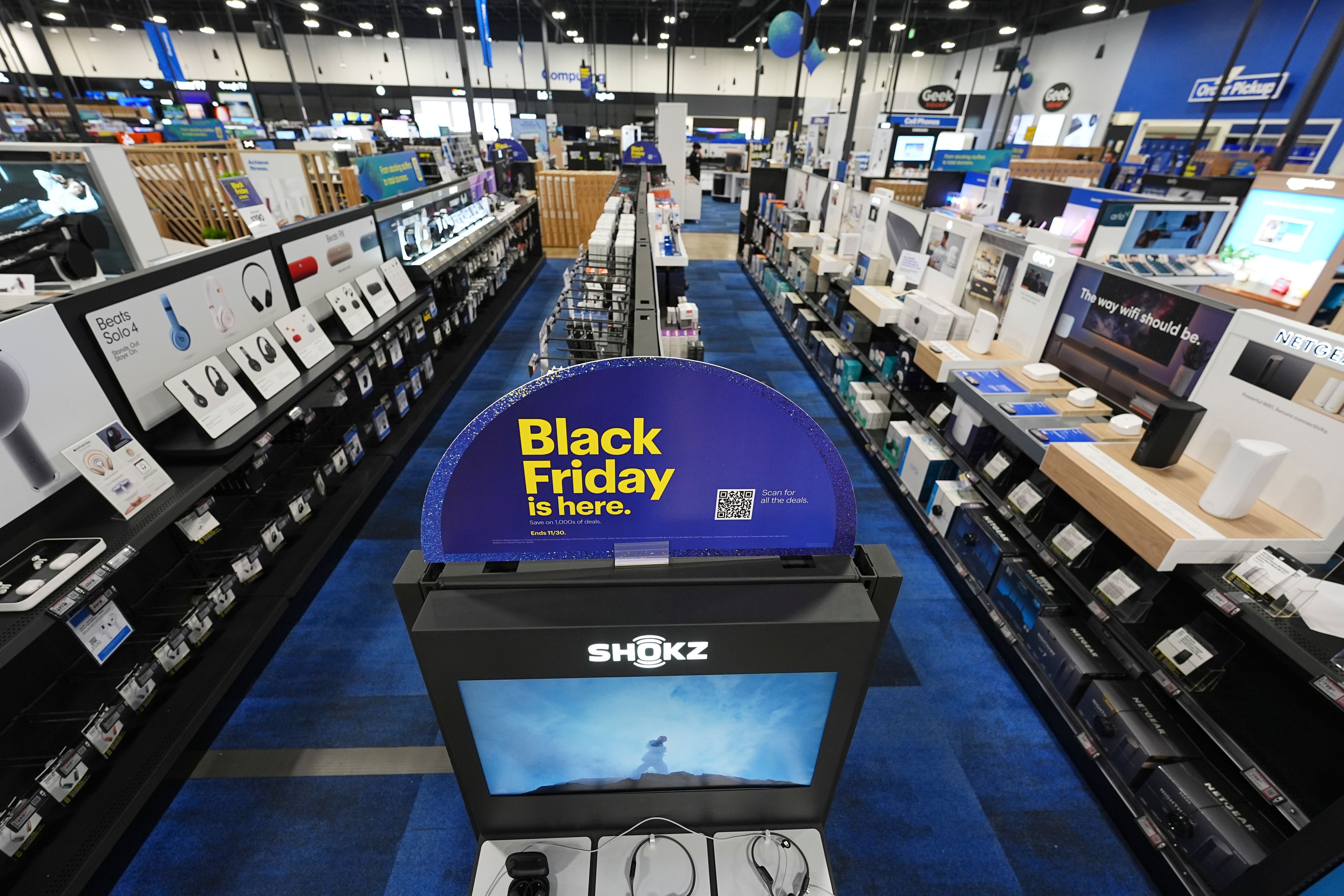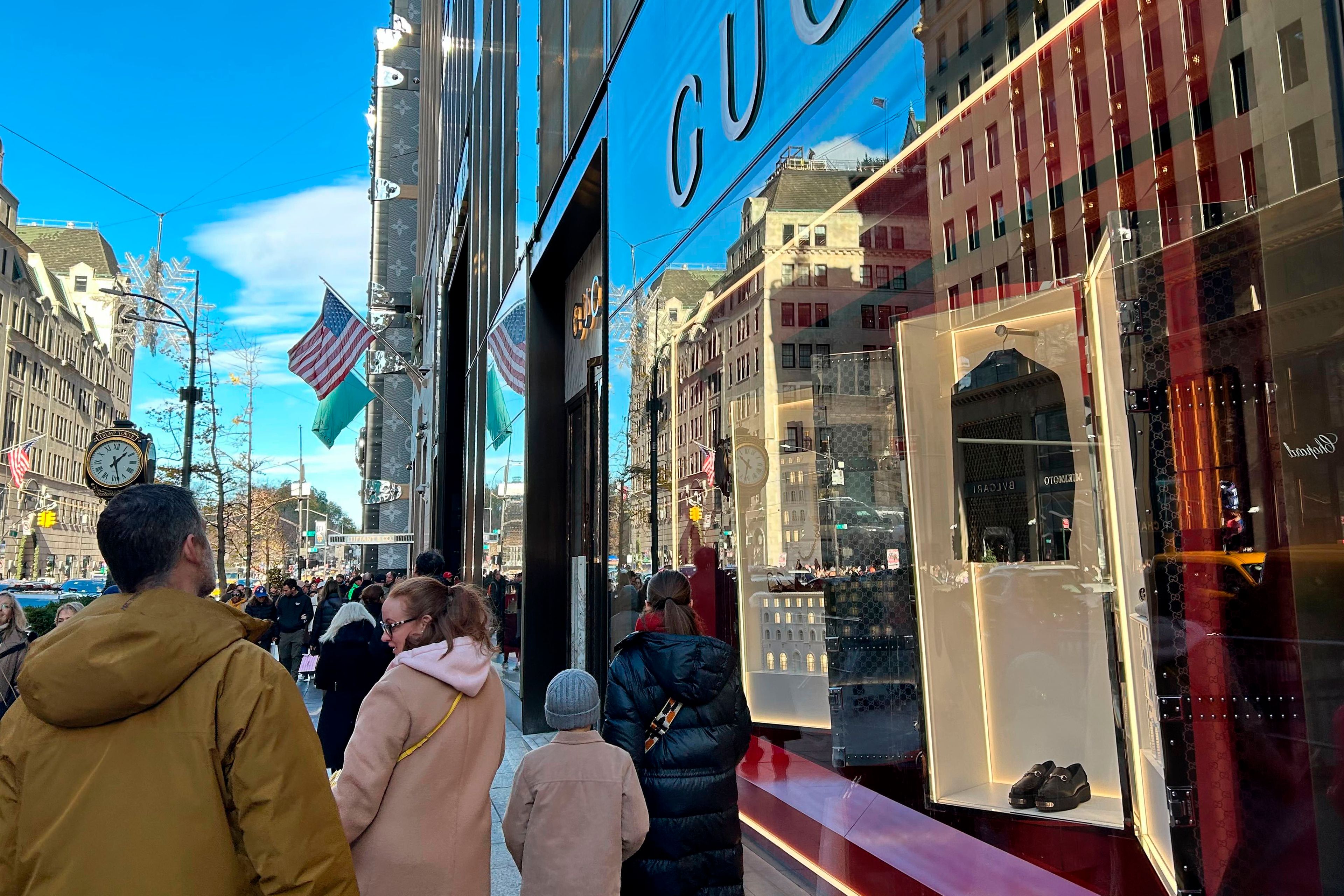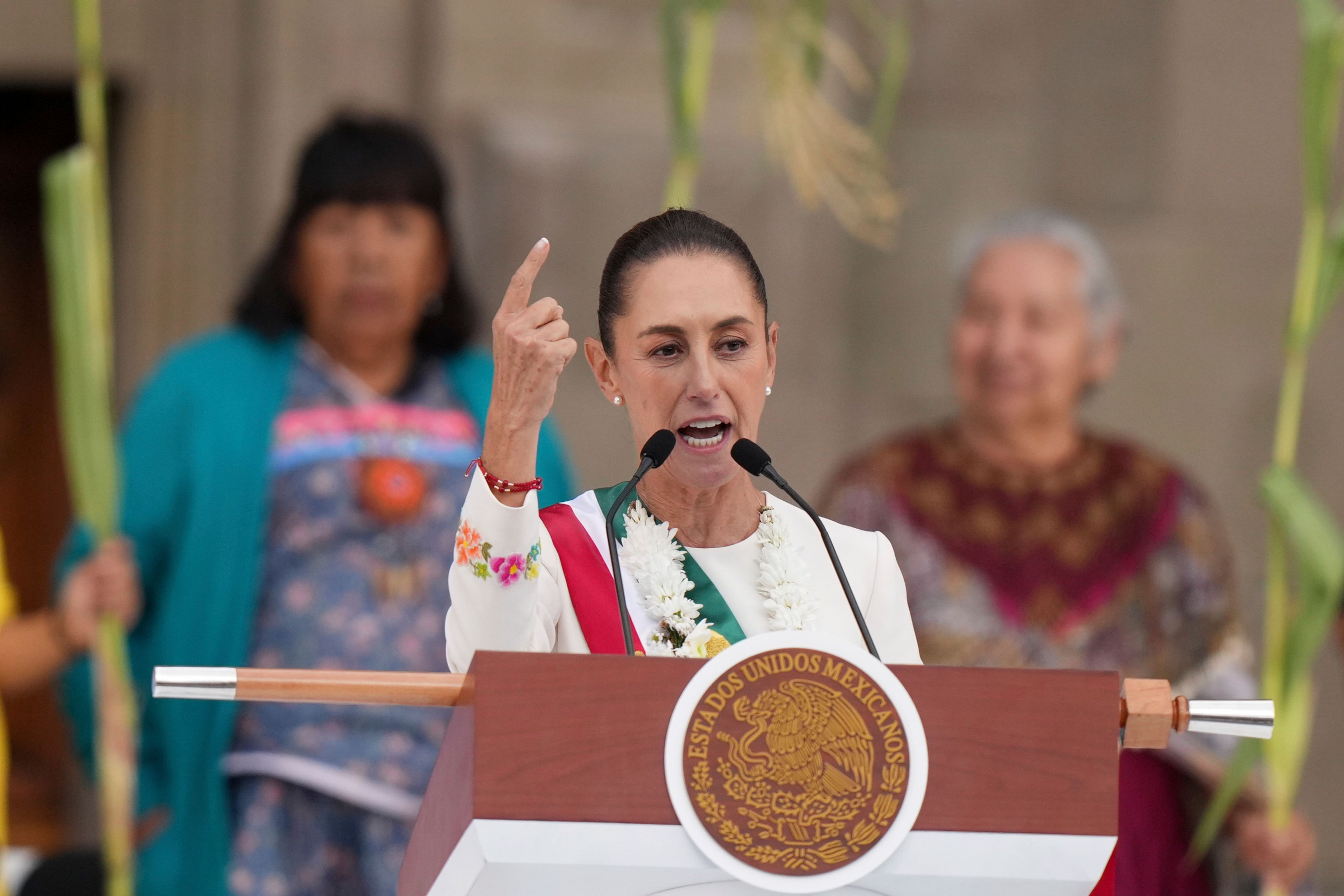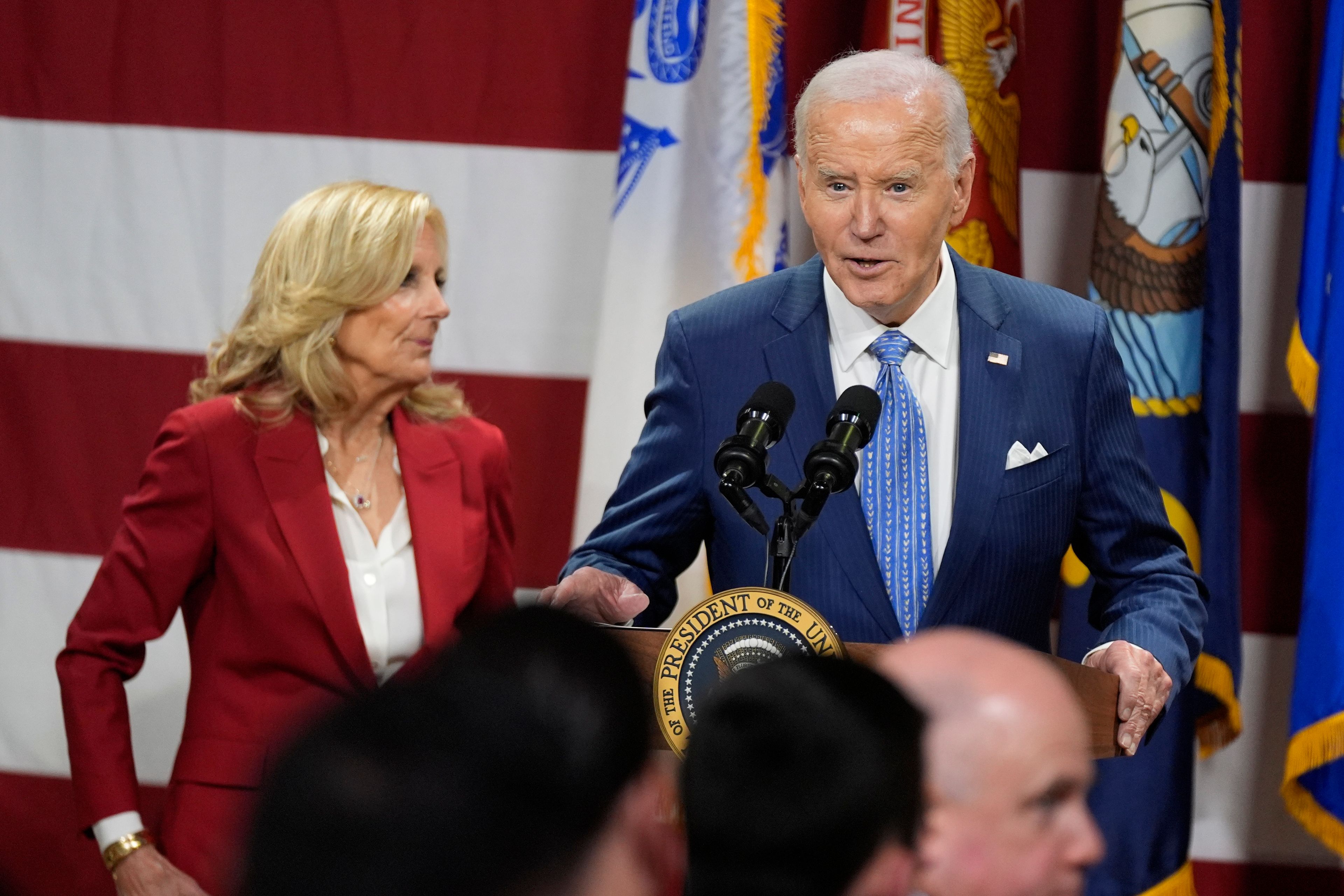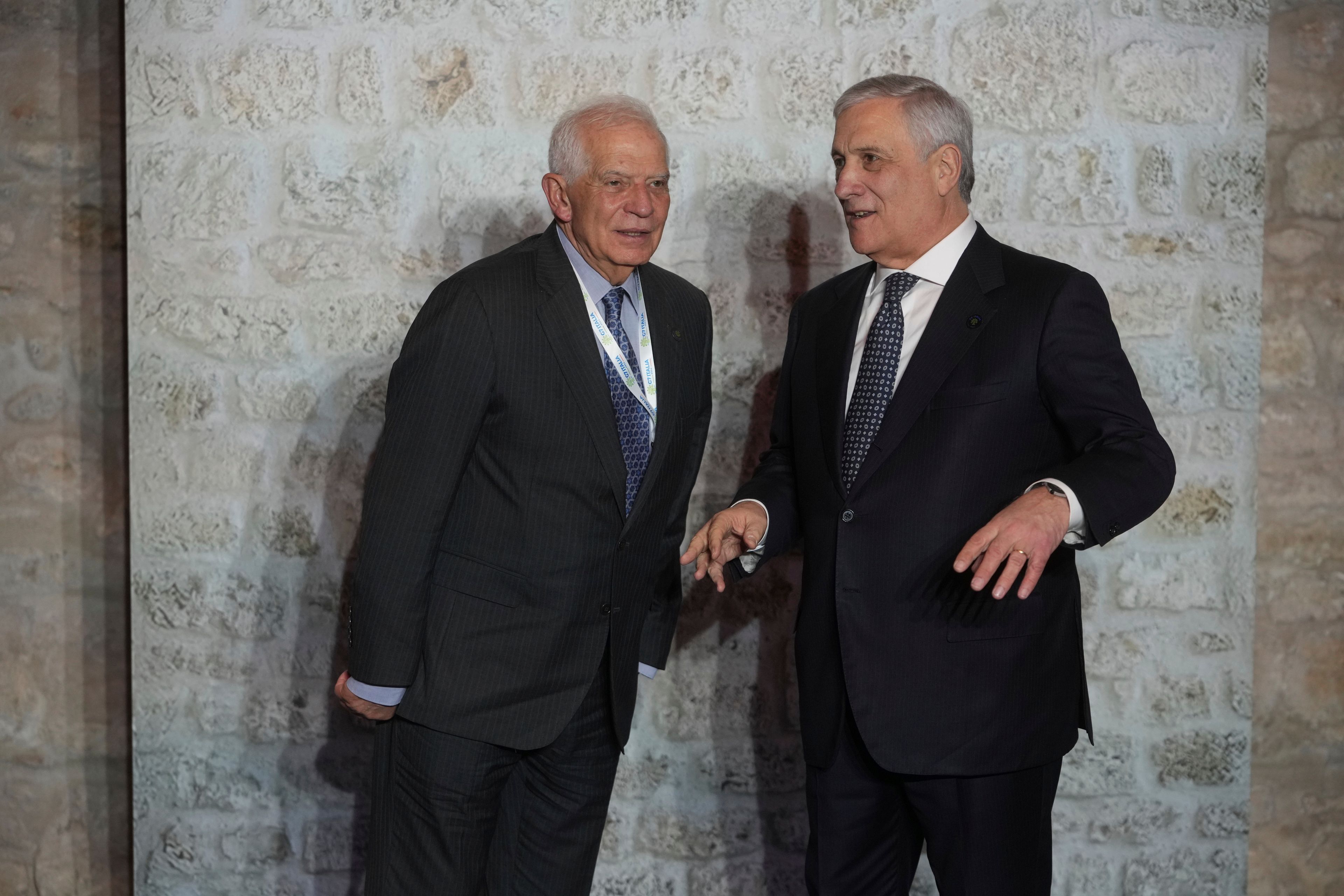What Black Friday's history tells us about holiday shopping in 2024
NEW YORK (AP) — The
NEW YORK (AP) — The holiday shopping season is about to reach full speed with Black Friday, which kicks off the post-Thanksgiving retail rush later this week.
The annual sales event no longer creates the midnight mall crowds or doorbuster mayhem of recent decades, in large part due to the ease of online shopping and habits forged during the COVID-19 pandemic.
Hoping to entice equivocating consumers, retailers already have spent weeks bombarding customers with ads and early offers. Still, whether visiting stores or clicking on countless emails promising huge savings, tens of millions of U.S. shoppers are expected to spend money on Black Friday itself this year.
Industry forecasts estimate that 183.4 million people will shop in U.S. stores and online between Thanksgiving and Cyber Monday, according to the National Retail Federation and consumer research firm Prosper Insights & Analytics. Of that number, 131.7 million are expected to shop on Black Friday.
At the same time, earlier and earlier Black Friday-like promotions, as well as the growing strength of other shopping events (hello Cyber Monday ), continue to change the holiday spending landscape.
Here's what you need to know about Black Friday's history and where things stand in 2024.
When is Black Friday in 2024?
Black Friday falls on the Friday after Thanksgiving each year, or Nov. 29 this year.
How old is Black Friday? Where does its name come from?
The term “Black Friday” is several generations old, but it wasn't always associated with the holiday retail frenzy that we know today. The gold market crash of September 1869, for example, was notably dubbed Black Friday.
The phrase's use in relation to shopping the day after Thanksgiving, however, is most often traced to Philadelphia in the mid-20th century — when police and other city workers had to deal with large crowds that congregated before the annual Army-Navy football game and to take advantage of seasonal sales.
“That’s why the bus drivers and cab drivers call today 'Black Friday.' They think in terms of headaches it gives them,” a Gimbels department store sales manager told The Associated Press in 1975, while watching a police officer try to control jaywalkers the day after Thanksgiving. Earlier references date back to the 1950s and 1960s.
Jie Zhang, a professor of marketing at the University of Maryland’s Robert H. Smith School of Business, points to a 1951 mention of “Black Friday” in a New-York based trade publication — which noted that many workers simply called in sick the day after Thanksgiving in hopes of having a long holiday weekend.
Starting in the 1980s, national retailers began claiming that Black Friday represented when they went from operating in the red to in the black thanks to holiday demand. But since many retail companies now operate in the black at various times of the year, this interpretation should be taken with a grain of salt, experts say.
How has Black Friday evolved?
In recent decades, Black Friday became infamous for floods of people in jam-packed stores. Endless lines of shoppers camped out at midnight in hopes of scoring deep discounts.
But online shopping has made it possible to make most, if not all, holiday purchases without ever stepping foot inside a store. And while foot traffic at malls and other shopping areas has bounced back since the start of the pandemic, e-commerce isn't going away.
November sales at brick and mortar stores peaked more than 20 years ago. In 2003, for example, e-commerce accounted for just 1.7% of total retail sales in the fourth quarter, according to Commerce Department data.
Unsurprisingly, online sales make up for a much bigger slice of the pie today. For last year's holiday season, e-commerce accounted for about 17.1% of all nonadjusted retail sales in the fourth quarter, Commerce Department data shows. That's up from 12.7% seen at the end of 2019.
Beyond the rise of online shopping, some big ticket items that used to get shoppers in the door on the Black Friday — like a new TV — are significantly cheaper than they were decades ago, notes Jay Zagorsky, a clinical associate professor at Boston University’s Questrom School of Business.
“There is less need to stand in line at midnight when the items typically associated with doorbuster sales are now much cheaper,” Zagorsky told The Associated Press via email. He pointed to Bureau of Labor Statistics data that shows the average price for a TV has fallen 75% since 2014.
While plenty of people will do most of their Black Friday shopping online, projections from the National Retail Federation and Prosper Insights indicated that a majority of Black Friday shoppers (65%) still planned to shop in stores this year.
Black Friday ‘month’ and the rise of Cyber Monday
It's no secret that Black Friday sales don't last just 24 hours anymore. Emails promising holiday deals now start arriving before Halloween.
“Black Friday is no longer the start of the holiday shopping season. It has become the crescendo of the holiday shopping season” during what now feels like “Black Friday month,” Zhang said. Some retailers have updated their official marketing to refer to “Black Friday week.”
Retailers trying to get a head start on the competition and to manage shipping logistics helps explain the rush, Zhang said. Offering early holiday deals spreads out purchases, giving shippers more breathing room to complete orders. Zhang therefore doesn't expect the five fewer days between Thanksgiving and Christmas this year to cause significant strain because retailers would have taken them into account.
Linking pre-Thanksgiving sales with Black Friday is also a marketing technique since it's a name consumers recognize and associate with big, limited-time bargains, Zhang said.
Multiple post-Thanksgiving sales events keep shoppers enticed after Black Friday, including Small Business Saturday and Cyber Monday, which the National Retail Federation's online arm designated in 2005.
U.S. consumers spent a record $12.4 billion on Cyber Monday in 2023, and $15.7 million per minute during the day's peak sales hour, acccording to Adobe Analytics. On Black Friday, they spent $9.8 billion online, Adobe Analytics said.
Enough people still enjoy shopping in person after Thanksgiving that the activity is unlikely to become extinct, Boston University's Zagorsky said.
While Black Friday's significance “is being slightly diminished" over time, the shopping event is still “a way to connect with others," he said. "This social aspect is important and will not disappear, ensuring that Black Friday is still an important day for retailers.”
Connect with the Southeast Missourian Newsroom:
For corrections to this story or other insights for the editor, click here. To submit a letter to the editor, click here. To learn about the Southeast Missourian’s AI Policy, click here.

